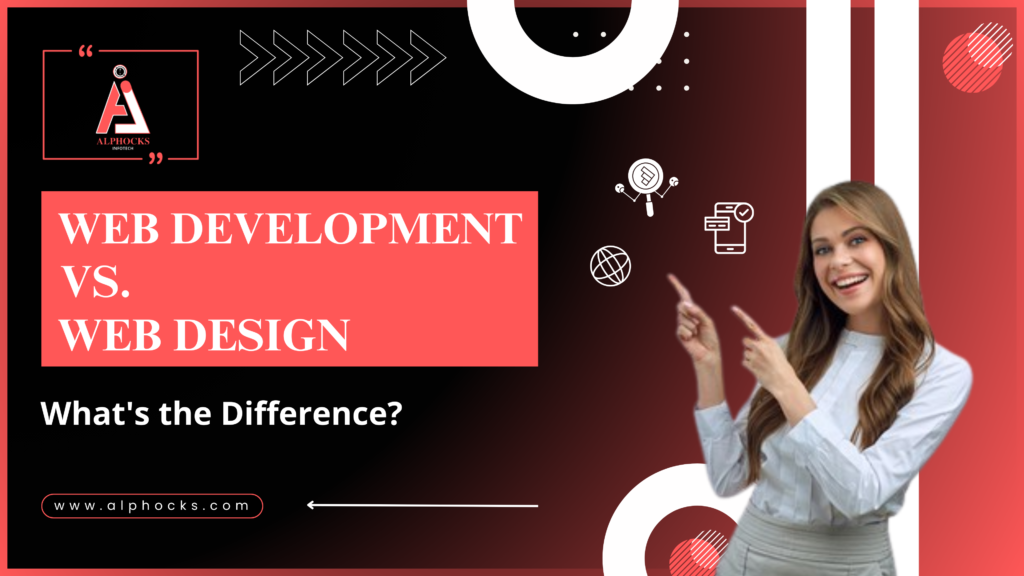There are many components in your website that help you get the rankings and traffic which is required. They need more optimization. Are you Optimizing correctly?
What is On-Page SEO and how can it help us to fulfill our objectives? On-Page SEO is optimizing different parts of your pages for search engines so that individuals can see you. On-Page SEO includes content, meta-tags, title tags, links and anchor Text and more. It is important to monitor the optimal implementation of these components for users and search engines.
Key on-page SEO elements include tactfully demonstrating Expertise, Authoritativeness and Trustworthiness (EAT), optimizing for title tags, quality content. While there have certainly been changes to On Page SEO over time, the basics are still super important. To remain relevant, leveraging new methods and honing the craft of on-page SEO are essential.
How to Optimize On-Page SEO Factors
1. Crawling & Indexing
To search engines such as Google, they must be able to locate your website in order to read it. This means using robots.txt crawlers and uploading a sitemap, which leads them around your site. Make a close follow-up if there are errors that can prevent your pages from getting indexed, like broken links or blocking of some URL and correct them as soon as possible.
2. Quality Content & Keyword Research
The biggest factor that will affect whether or not anyone reads your articles is how well you have done at keyword research before writing. Research and collect keywords, sentences relevant to the search phrase they are typing – exactly like what one of their audience is writing in. You want to incorporate these keywords seamlessly throughout your content, from headings and paragraphs, down to meta tags. Ensure your content provides answers to their questions or solves any issues. Good content draws visitors and keeps them around, while great content drives new ones to visit later.
3. Site Structure & Interlinking Of The Pages
An organized site structure is a must for proper navigation on your website. Include easy-to-find navigation menus and breadcrumbs (clear hierarchical pathways, such as categories and sub-categories) to structure your content. A strong internal linking strategy can funnel link juice from one page to the next, allowing a crawl bot easy access and improved structure. Make sure every page is a few clicks away from your homepage to make it easy for users and search engine spiders.
4. Share Images & Videos
In your content always add some visuals which can compliment the user experience also so make sure it is SEO friendly too. Name your files descriptively and use ALT text to provide additional context for search engines, so they know what the topic of a page is. Avoid high-resolution images that can slow load-speed, but maintain the overall quality. Include videos sourced from YouTube or other platforms and Title, Descriptions & Tags with your relevant keywords. Not only will this aid in SEO, but it also provides users with a better experience because of the multimedia content.
5. Better Site Speed

Site speed is an important ranking factor and it also improves the user experience. The long and short of it is that a quick-loading website enhances user satisfaction rates, as well the bounce rate due to low loading speeds. To speed up your site, you should optimize images (compressing them without quality loss to reduce loading time), leverage browser caching and minimize HTTP requests. The Fastest hosting provider to Serve your blog and using Content Delivery Networks (CDNs) fasten the delivery of content to different locations.
6. SEO-Friendly URLs
SEO-friendly URLs are short, descriptive, and clear to read! Use relevant keywords to describe what your page is about. If you can get your point across without using numbers or special characters, then do so. Separate words using hyphens (-) in general, because search engines will see this as a separator. Ideally, the shorter the URL path you use, the better, since short URLs make it easier to share and remember. This results in a better user experience and helps search engines find your pages faster.
7. Create a Persuasive Search Appearance
The first and foremost thing they look at is your search appearance, which is the title tag and meta description, as these are the user’s very first interaction with you in Google or any other Search Engine Results Page (SERP), where all magic happens to get visitors from. Write engaging titles with keywords and make people click on them. Create a good meta description that explains your content and encourages users to click through. Optimizing headlines is part of a much larger project: updating everything mentioned above to focus on what performance analytics tell you has the best chance of increasing traffic.
8. User Experience
UX is both “nebulous” and encompassing; it can refer to everything from site navigation all the way down to page layout as well as how responsive a page is. With a clear path accompanied by calls-to-action (CTAs), you can help users glide down your sales funnel faster. For mobiles, create a version of your website optimized for smartphones and tablets. Keep your pop-ups to a minimum and avoid intrusive ads that are detrimental to the user experience. Good UX keeps visitors on your site, engaging with content, and returning again in the future – an intersection that plays into both engagement metrics and SEO rankings.
On-Page SEO is a fundamental aspect of digital marketing that focuses on optimizing individual web pages to improve search engine rankings and attract organic traffic. By understanding and implementing On-Page SEO best practices, you can enhance your website’s visibility, user experience, and overall online presence.



